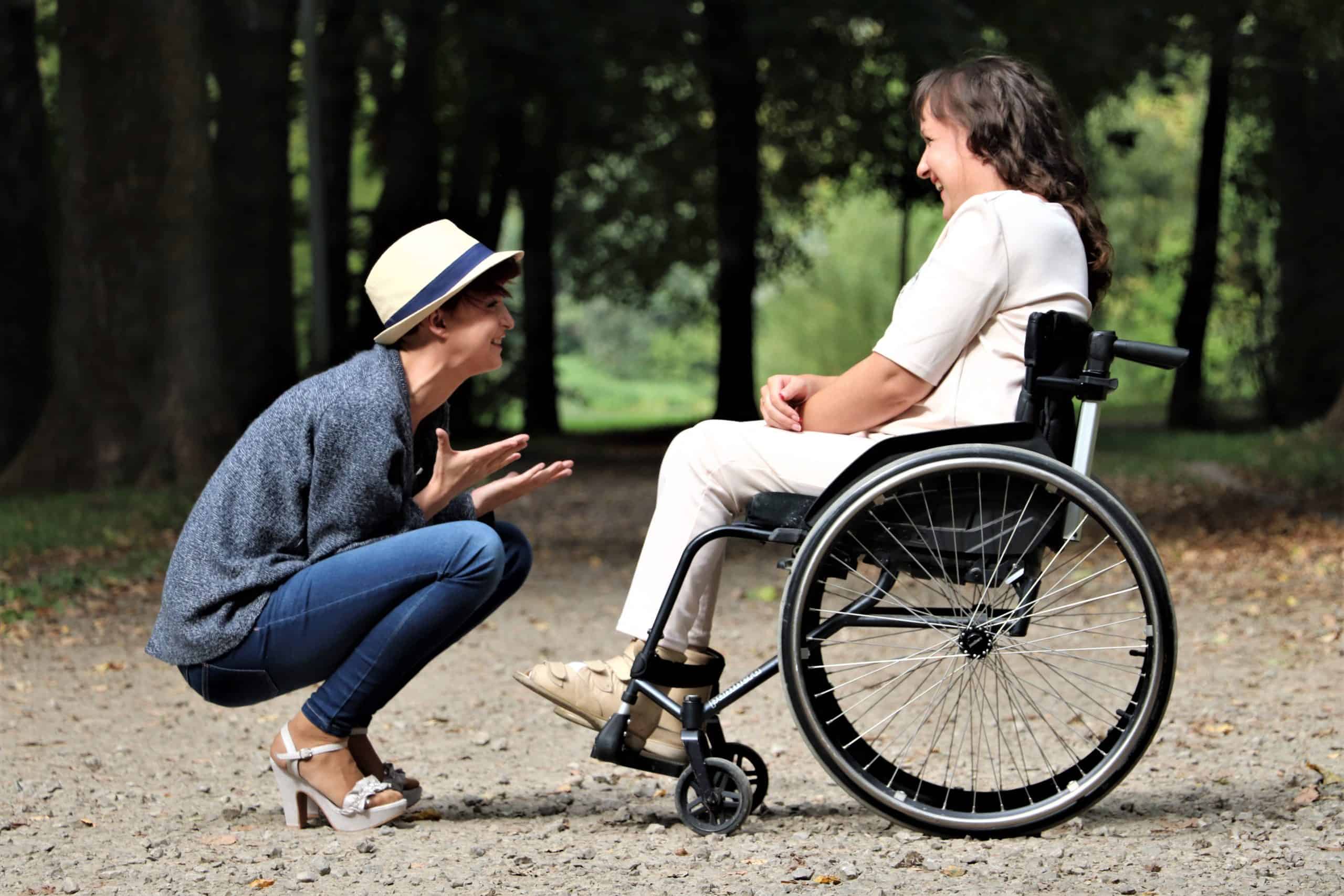Choosing the right mobility aid is an important decision that can significantly enhance the independence and quality of life of individuals with mobility challenges.
There are various factors to consider when selecting a mobility aid, including the specific needs and abilities of the user, the environment in which it will be used, and personal preferences. Here is a comprehensive guide to help you make an informed decision:
Assess Individual Needs:
Consult with a healthcare professional or physical therapist to evaluate the individual’s specific mobility needs and limitations.
Consider factors such as balance, strength, coordination, and endurance.

Types of Mobility Aids:
Canes:
-
- Single-Point Canes: These canes have a single point of contact with the ground and are suitable for individuals with mild balance issues or minimal lower limb weakness.
- Quad Canes: Quad canes have a four-point base, providing additional stability and support compared to single-point canes. They are helpful for individuals who require more balance assistance.
- Folding Canes: Folding canes are convenient for travel and storage as they can be easily folded into a compact size.
Walkers:
-
- Standard Walkers: These walkers have a metal frame with four legs, providing excellent stability. They are suitable for individuals with moderate to severe mobility limitations.
- Wheeled Walkers: Walkers with wheels on the front legs offer easier maneuverability and require less lifting during movement. They are ideal for individuals who have difficulty lifting traditional walkers.
- Rollators: Rollators are walkers with wheels on all four legs, typically equipped with hand brakes and a built-in seat. They provide stability, support, and the option to rest when needed.
Wheelchairs:
-
- Manual Wheelchairs: These wheelchairs are propelled by the user or a caregiver and are available in various configurations, including standard, lightweight, and sports models. They are suitable for individuals with sufficient upper body strength and coordination.
- Electric Wheelchairs: Electric or power wheelchairs are motorised and controlled with a joystick or other specialised controls. They are ideal for individuals with limited upper body strength or coordination.
- Lightweight Wheelchairs: These wheelchairs are designed to be more portable and easier to maneuver. They often feature lightweight materials, removable parts, and folding frames.
Mobility Scooters:
-
- Travel Scooters: Travel scooters are lightweight and designed for easy disassembly or folding, allowing for convenient transportation. They are suitable for individuals who need mobility assistance outside the home.
- 3-Wheel Scooters: These scooters offer increased maneuverability and are suitable for indoor and outdoor use. They have a tighter turning radius but provide less stability than 4-wheel scooters.
- 4-Wheel Scooters: 4-wheel scooters provide enhanced stability and are better suited for outdoor use and navigating uneven terrain.
Crutches:
-
- Axillary Crutches: These crutches are placed under the arms and are commonly used for short-term mobility assistance, such as recovering from an injury or surgery.
- Forearm Crutches: Forearm crutches have cuffs that wrap around the forearms and handle for gripping. They offer increased stability and support compared to axillary crutches.
Knee Scooters:
-
- Knee scooters, or knee walkers, are designed for individuals with lower leg injuries or conditions. They feature a padded platform to rest the knee and allow mobility by pushing off with the uninjured leg.
Stair Lifts:
-
- Stair lifts are motorised devices installed on staircases to transport individuals up and down the stairs. They are accommodating for individuals with limited mobility who have difficulty navigating stairs.
Transfer Aids:
-
- Transfer aids include devices such as transfer boards, transfer poles, and transfer benches. These aids assist individuals in safely moving from one surface or location to another, such as from a wheelchair to a bed or a vehicle.

Consider the Environment:
Evaluate the primary locations where the mobility aid will be used. Consider home, workplace, shopping centres, parks, and uneven terrains.
Ensure that the mobility aid can navigate the environment’s doorways, hallways, and other common obstacles.
Proper Fit and Adjustability:
Ensure the chosen mobility aid is appropriately sized and adjusted for the individual’s height, weight, and body proportions.
Adjustable features such as handle height, seat height, and armrest height are essential for comfort and proper posture.
Portability and Storage:
Consider the need for portability and storage.
Choose a lightweight, foldable, or easily disassembled model if the mobility aid needs to be transported frequently or stored in a limited space.
Comfort and Safety Features:
Look for mobility aids that offer comfortable seating, cushioning, and ergonomic grips.
Safety features such as hand brakes, anti-tipping mechanisms, and sturdy construction should be prioritised.
Test and Trial:
Whenever possible, try out different mobility aids before making a final decision.
This can be done through rental services, medical supply stores, or borrowing from friends or family members.
Evaluate the ease of use, maneuverability, and overall comfort during the trial period.
Cost and Insurance Coverage:
Research the cost of the mobility aid and check if it is covered by health insurance or other assistance programs.
Consider any additional costs such as accessories, maintenance, and repairs.
Seek Professional Guidance:
If you need more time, consult healthcare professionals, physical therapists, or mobility specialists who can provide personalised advice based on the individual’s needs.
Summary
Remember, choosing the right mobility aid is a personal decision. It’s important to involve the individual in decision-making and consider their preferences, as it dramatically affects their independence and overall well-being.
It’s important to note that the suitability of each mobility aid varies depending on individual needs and preferences. Consulting with healthcare professionals or mobility specialists can help determine the most appropriate type of mobility aid for a specific individual.
Ryan is a professional copywriter from Ryan’s Copywriting. He has a passion for sharing valuable information.